Many people may be wondering about the differences between “洋梨” (Western pear) and “ラフランス” (La France pear). Additionally, even if you come across them in supermarkets or grocery stores, you might hesitate to buy them due to not knowing how to eat or store them.
In this article, we will introduce La France pears, as well as tips to preserve the ripeness of it. Stay tuned and let find out with us!
What is La France?
La France refers to a distinctive variety of Western pear originating from France, discovered in the 1800s. Despite its name, this pear faced extinction in its home country in the early 1900s due to its longer fruit-bearing period and susceptibility to diseases, making cultivation labor-intensive. Interestingly, Japan became the savior for La France, introducing saplings just before extinction in France.
Today, about 80% of La France cultivation occurs in Yamagata Prefecture. Known for its unique flavor and texture, La France has become a symbol of resilience, thriving in Japanese orchards long after disappearing from its French origins.
History
Cultivating the challenging La France pear in Japan took over a century to establish roots. Let’s delve into the detailed history of how La France became entrenched in Japan.
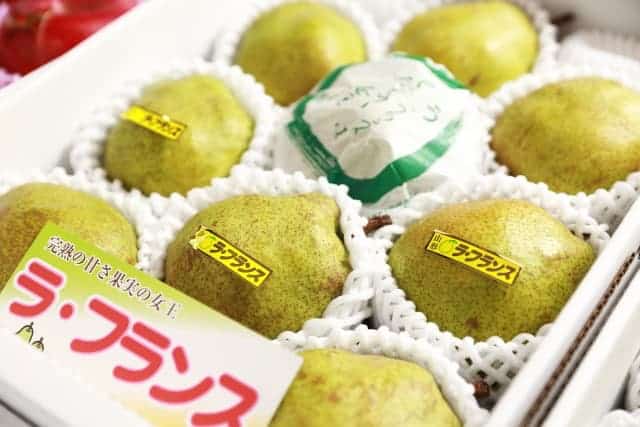
Introduction of Western Pears and La France
Around the early Meiji era, Western pears, including La France, were introduced to Japan. It’s said that Western pears arrived in Yamagata Prefecture around 1875, and La France around 1893. However, the Japanese, accustomed to Japanese pears, struggled with the cultivation difficulties and determining the ripeness of Western pears, hindering their widespread adoption.
It wasn’t until around 1909 that the cultivation of Western pears became more prominent. The turning point was when Emperor Taisho, during his visit to Yamagata, received saplings of the Western pear variety “Bartlett.” This event shed light on the cultivation of Western pears in Japan.
La France’s Role as Bartlett’s Pollination Tree
Despite the boost in Western pear production from around 1909, most of it was focused on the Bartlett variety for canning purposes. La France lagged in popularity due to its challenging cultivation, the need for ripening assessment, and its uneven and unattractive appearance.
La France faced avoidance in Yamagata, where it was considered “midagunasu” (unattractive) due to its time-consuming ripening process and visually uneven appearance. However, it was discovered that La France was well-suited as a pollination tree for Bartlett, ensuring its survival at the edges of Bartlett orchards.
Mass Production of La France after a Century
It took nearly a century, around the 1960s, for La France to become a common fruit on Japanese tables. Until the 1960s, canned fruits were predominant in Japan, and the shift towards consuming fresh fruits sparked interest in La France. Simultaneously, research advancements provided insights into the natural conditions suitable for cultivation and ripening, enabling stable supply.
Today, La France constitutes nearly 70% of the Western pears produced in Yamagata, solidifying its position as a major autumn delicacy.
The Reasons Why La France Production Thrives in Yamagata
Japan stands as the sole successful cultivator of La France pears globally, with Yamagata Prefecture proudly holding the top production position. According to the 2022 survey on “Prefectural Harvest Volume of Western Pears” by the Ministry of Agriculture, Forestry, and Fisheries, the results are as follows:
- National Total: 26,700 tons (100%)
- Yamagata Prefecture: 18,200 tons (68%)
- Niigata Prefecture: 2,110 tons (8%)
- Aomori Prefecture: 1,870 tons (7%)
- Others: 4,520 tons (17%)
Source: 農林水産省「令和4年度西洋梨の結果樹面積、収穫量及び出荷量」
Yamagata Prefecture accounts for 68% of the national harvest, demonstrating a staggering lead over second place. Among them, La France covers approximately 65% of the Western pear cultivation area in Yamagata.
Ideal Climate and Rich Soil for La France Cultivation
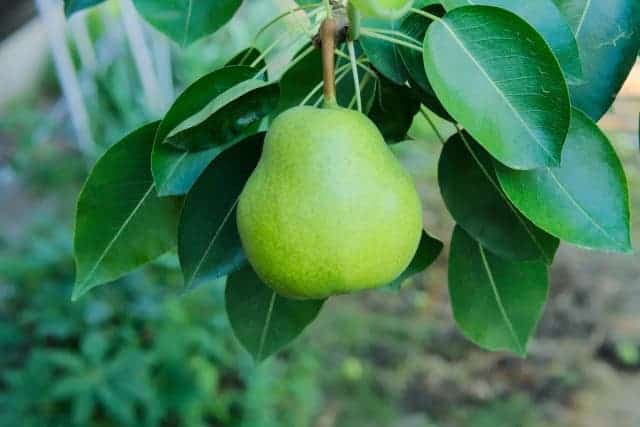
Yamagata, located in a basin, exhibits a climate with significant temperature differences between day and night. This temperature contrast is suitable for Western pears like La France, encouraging the growth of large and sweet fruits. The basin’s topography, surrounded by high mountains, offers advantages such as lower rainfall during the rainy season and protection from strong typhoon winds, creating an environment where La France, sensitive to prolonged rain and wind, can thrive. Additionally, the winter snow, melting into clean springwater, contributes to nurturing the soil, aiding in the development of La France cultivation in Yamagata.
Setting Harvest Release Dates
To stabilize La France’s production volume and quality, Yamagata Prefecture sets optimal release dates for harvesting each season. These dates are determined through collaboration between the prefecture and agricultural cooperatives (JA), considering factors like weather conditions and sugar content. Although often set in early to mid-October, the harvest release date for the 2023 season was slightly later, decided on October 27th, a move aimed at expanding La France consumption, strengthening brand influence, and promoting high-quality stable production through proactive efforts and PR campaigns.
Guide to Managing Ripeness of La France
If you notice the following conditions in the purchased Western Pear (including La France), it is too early to eat as ripening is insufficient:
- The stem is green and stands straight.
- The stem is juicy and firm.
- The area around the stem is tight.
Ripening Process
The ripening process is simple. Wrap the Western pear in a paper towel to prevent drying, then place it in a bag. Avoid direct sunlight and drafts from air conditioning or heating, and store it at room temperature without refrigeration.
Post-Ripening Storage
After ripening, whole Western pears can be stored for 3-4 days. It’s recommended to store them in the vegetable compartment to avoid over-chilling in the refrigerator.
Post-Cutting Storage
Similar to the ripening process, wrap the whole pear in a paper towel and store it in a bag to prevent drying. Since temperature changes during removal from the vegetable compartment may cause damage, try to consume it promptly.
Individual Ripening Variation
Due to significant individual differences in Western pears, it’s challenging to predict the exact ripening completion days. Regularly check the ripeness and refrigerate immediately after ripening.
Freezing for Extended Shelf Life
For cut pieces, freezing is recommended, allowing them to last for about a month. To prevent discoloration, sprinkle lemon juice on the cut surface, seal it with plastic wrap, and place it in a freezer bag for freezing.
Optimal Consumption Tip: When fully thawed, the texture may become overly soft. Enjoy the Western pear in a semi-thawed state, similar to sherbet, for an ideal eating experience.
Recipes using La France pears
These are a variety of delightful dessert recipes featuring the rich and aromatic La France pear:
La France Pear Baked in the Oven
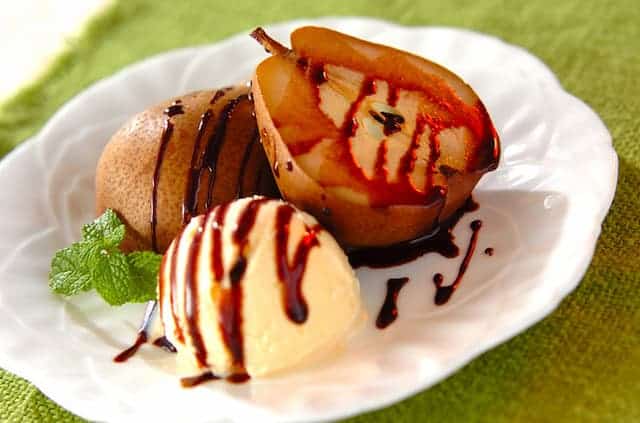
Experience the full flavor of La France pear by baking it whole in the oven. Drizzle it with rum and chocolate syrup for a sophisticated adult dessert. The warm La France pear pairs perfectly with a cool scoop of ice cream.
Fruit Roll
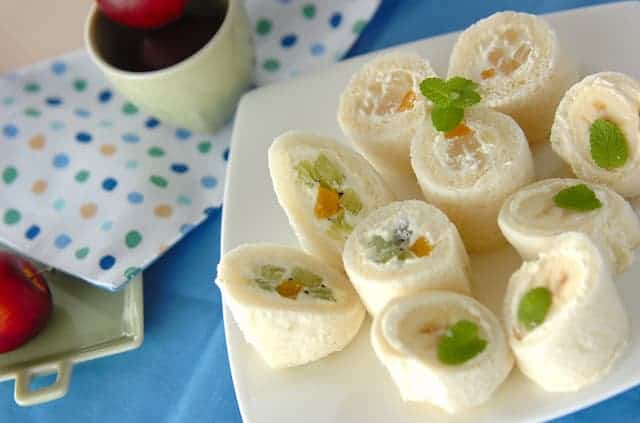
Create a delicious fruit roll using slices of La France pear. Incorporate cream cheese with a touch of lemon juice for a refreshing taste. This homemade fruit roll, made with bread, brings a nostalgic and gentle flavor that is perfect for satisfying those sweet cravings.
La France Pear Cinnamon Sugar Gratin
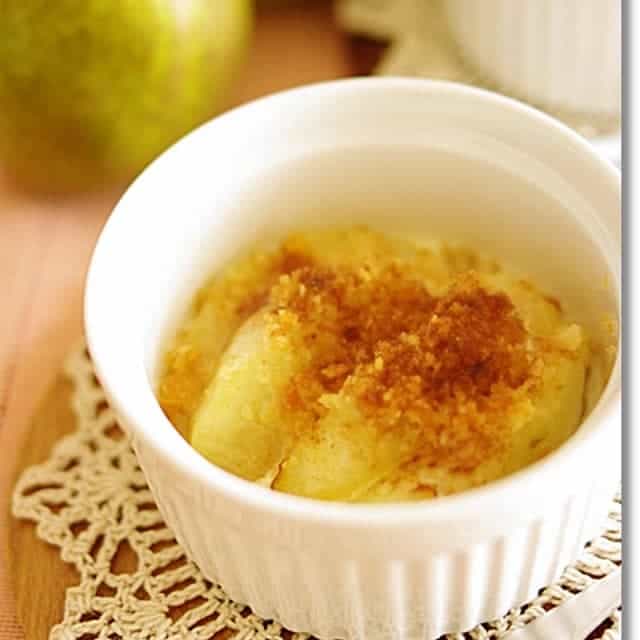
A simple yet delightful recipe featuring La France pear. The subtle sweetness makes it irresistible. This recipe is not only easy to prepare but also enjoyable for children to make with you.
Parfait with La France Pear
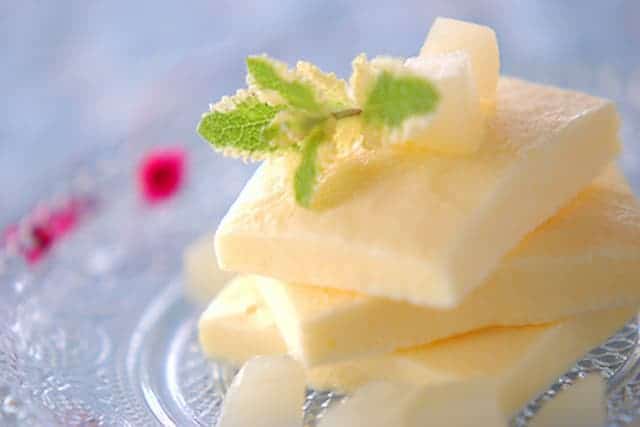
On chilly days when you crave a cold dessert in the warmth of your home, this parfait is the perfect choice. Layered with a mix of La France pear and other ingredients, it provides a delightful home café experience.
La France FAQ
- How does consuming La France pears contribute to health trends?
-
La France pears not only delight the taste buds but also offer nutritional benefits. Rich in dietary fiber, vitamins, and antioxidants, these pears contribute to digestive health and support overall well-being. The sweet yet light nature of La France pears makes them a nutritious and satisfying snack, aligning with the growing emphasis on health-conscious food choices.
- What are some notable cultural celebrations or festivals in Japan relating to La France pears?
-
La France pears are prominently featured in Japan’s gift-giving culture, especially during festivals like Ochugen and Oseibo. The luxurious and elegant nature of La France pears makes them a popular choice for expressing gratitude and goodwill during these festive occasions.
Recommended Restaurants for La France Dessert
Yamagata Pudding (山形プリン)
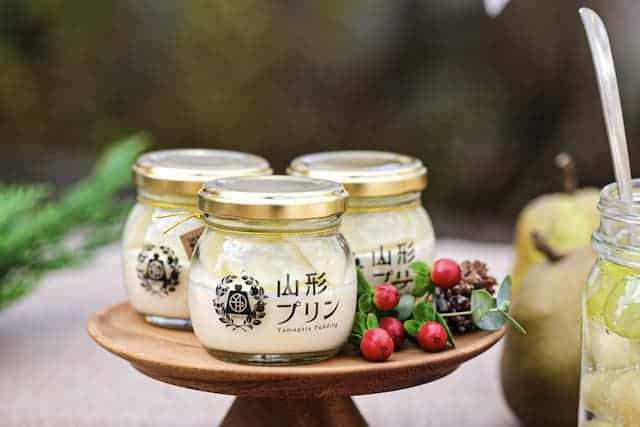
Discover Yamagata Pudding, a cozy spot offering tasty puddings and a cozy café vibe. You’ll find all sorts of flavors here, from classic plain to unique choices like sakuranbo and onsen tamago. Indulge in the sweetness of La France or the refreshing taste of Shine Muscat. Pair your pudding with a hot coffee, a cup of tea, or some La France juice. Whether you’re in the mood for a sweet treat or just want to relax in a friendly atmosphere, Yamagata Pudding has you covered.
Sugiyama Cherry Garden (杉山さくらんぼ園)
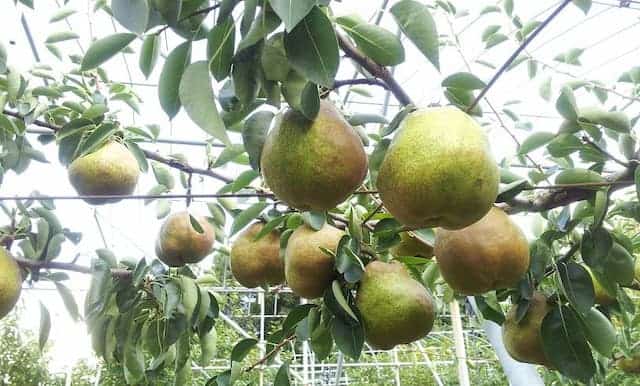
Welcome to Sugiyama Cherry Orchard, your go-to destination for a delightful fruit experience in Kamiyama, Yamagata Prefecture. Managed by a dedicated family of three, their orchard sits at the foot of the majestic Zao mountain range, where fertile soil and fresh air contribute to the cultivation of premium cherries, La France pears, and grapes. They always take pride in delivering high-quality fruits to customers across the country. In addition to cherries and La France pears, you can also enjoy a variety of related products, including the exquisite Kaminoyama La France Canele. Join us on a journey of flavor and freshness as Sugiyama Cherry Garden celebrate the bounty of nature in the heart of Yamagata.
Natural Cafe (畑のごちそう ナチュラルカフェ)

Natural Cafe offers a delightful dining experience centered around the concept of enjoying delicious organic vegetables in a safe and reassuring environment. With a commitment to sourcing fresh produce directly from local farmers, this cozy establishment provides a range of dishes crafted with care and attention to detail. From savory meals to sweet treats, every item on the menu reflects the cafe’s dedication to quality and sustainability.
Moreover, Natural Cafe goes beyond just offering delectable cuisine; they also feature a selection of products related to La France pears, showcasing the diversity and richness of regional flavors. Whether you’re seeking a wholesome meal or looking to indulge in some delightful desserts, Natural Cafe is the perfect destination for those who value both taste and wellness.
Takeaway
In conclusion, La France pears stand out as a symbol of exquisite flavor and elegance. With their delicate sweetness and juicy texture, they offer a delightful sensory experience for fruit enthusiasts worldwide. Whether enjoyed fresh or incorporated into various dishes and desserts, La France pears never fail to captivate with their irresistible taste. From orchard to table, these fruits continue to charm and delight with their timeless appeal.
Are you looking for other specialties from Yamagata? Click here or see below!

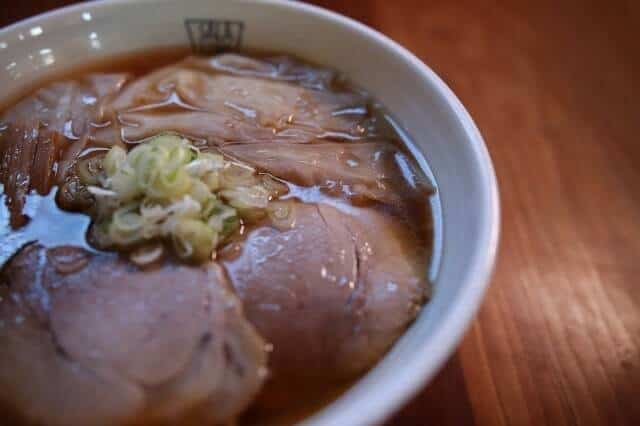

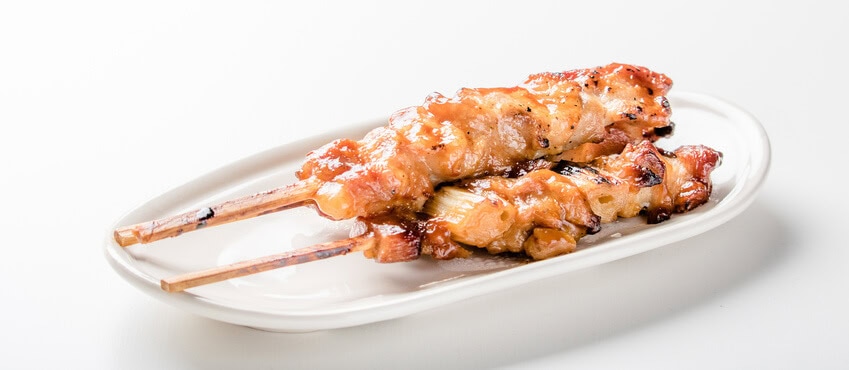


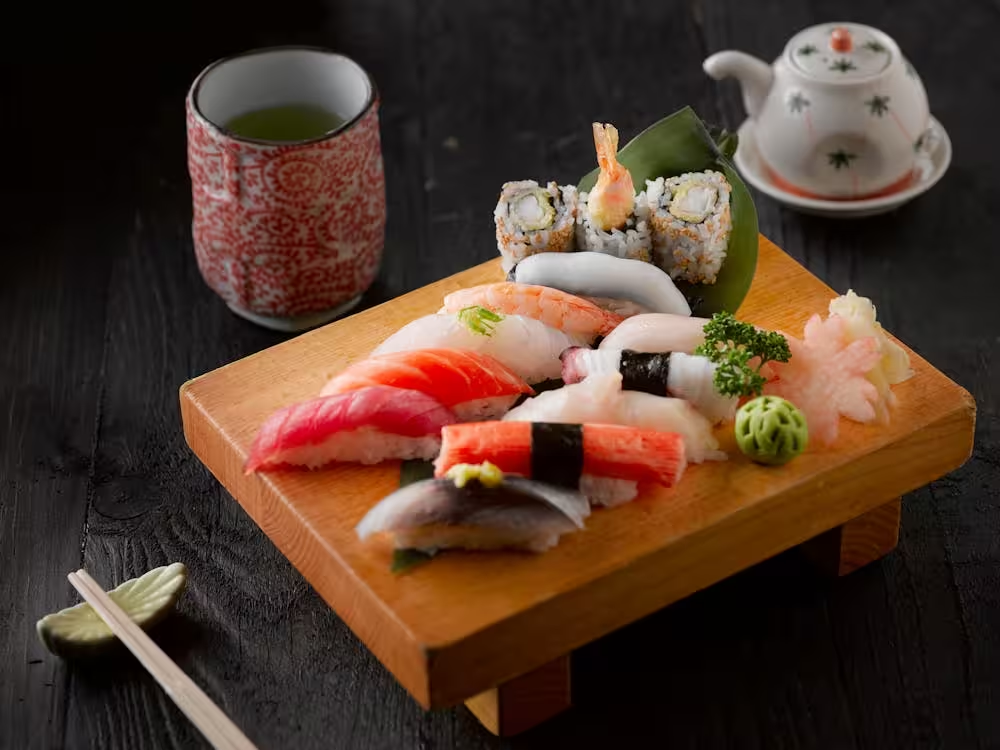

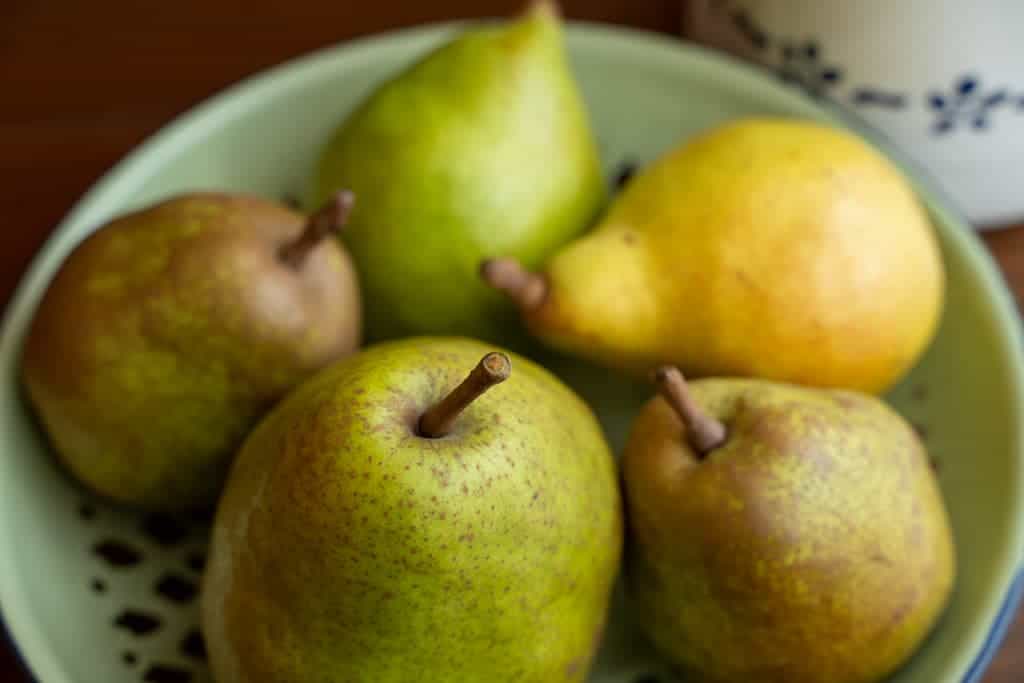
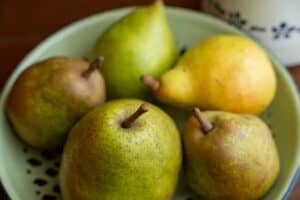

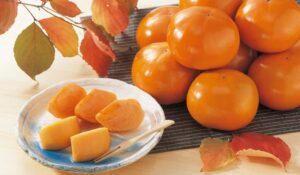
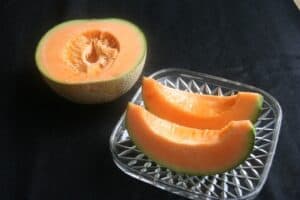

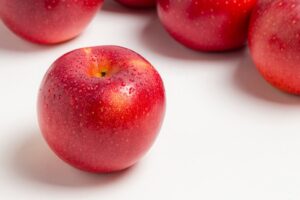


Comments